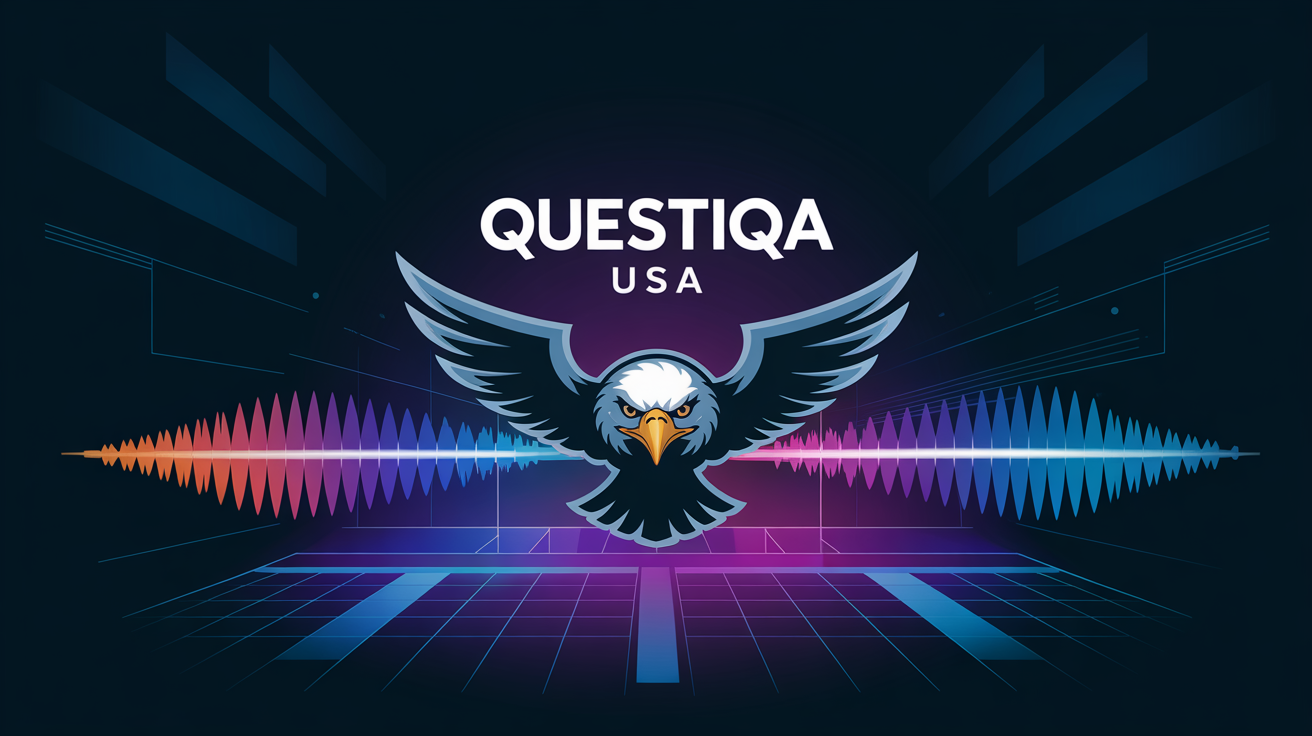In a remarkable showcase of scientific talent and global collaboration, high school students from Belgium, Canada, Mexico, Türkiye, and the United States have triumphed in the 12th edition of the Beamline for Schools (BL4S) competition. Organized by CERN, the prestigious event invites secondary school pupils worldwide to submit innovative physics experiment proposals using particle accelerator beamlines.
Competition Scope and Significance
The 2025 BL4S contest received a record-breaking 508 team proposals from 72 countries, involving over 3,500 participants. This surge highlights an increasing youth interest in STEM fields (science, technology, engineering, and mathematics). Charlotte Warakaulle, CERN’s Director for International Relations, emphasized education’s central role and the competition’s effectiveness in nurturing young scientific talent.
Beamline for Schools allows students to design experiments utilizing beamlines—facilities generating high-energy particle fluxes used in multiple disciplines, including fundamental physics, material science, and medicine. Initially hosted at CERN alone, since 2019 the competition expanded to include Germany’s DESY and the University of Bonn, offering more hosting venues for winners.
Winning Teams and Experiment Locations
The top five teams hail from the following locations:
- Belgium: “The Spallateam” from Collège Cardinal Mercier
- Türkiye: “Physical” team from Cağaloğlu Anadolu Lisesi
- Canada: “Dawson Technicolor” from Dawson College
- Mexico: “Pumas in Kollision” from Escuela Nacional Preparatoria N° 6 “Antonio Caso”
- USA: “Team XTReme” from Centennial High School
Notably, this edition marks the first time winners from Belgium and Türkiye have been recognized. The Belgian and Turkish teams will perform their experiments at CERN (Switzerland) in September 2025. Canadian and Mexican teams will conduct theirs at DESY in Hamburg, while the U.S. team will use the ELSA electron accelerator at the University of Bonn, also for the first time hosting BL4S winners.
Insights into Winning Experiments
The winning proposals demonstrate creativity and scientific rigor:
- The Spallateam investigates neutron emission comparing homogeneous tungsten and composite tungsten-aluminum spallation targets, with potential applications for neutron source design.
- Türkiye’s Physical team studies how different materials and target thickness impact neutron yield to optimize nuclear spallation, relevant for sustainable radioactive waste management.
- Canada’s Dawson Technicolor aims to analyze muon trajectories using a three-dimensional scintillator detector called the Scintillating Chamber, aiming to advance particle detection technology.
- Mexico’s Pumas in Kollision explore kidneywood pigment and fluorite as scintillating media, seeking affordable detection alternatives while integrating cultural heritage elements.
- USA’s Team XTReme examines transition radiation from high-energy electrons crossing multilayer dielectric interfaces, extending frontiers in particle physics.
Statements from Experts and Organizers
Beate Heinemann, Chair of DESY’s Board of Directors, highlighted teamwork’s importance and welcomed the Canadian and Mexican teams to DESY. Professor Klaus Desch of the University of Bonn expressed excitement to host the U.S. team, emphasizing that today’s participants are tomorrow’s scientists.
Competition Judging and Additional Recognitions
The winners were selected from a shortlist of 50 experiments reviewed by scientists from CERN, DESY, and ELSA. Judging criteria included scientific merit, communication skills, and outreach efforts. In addition to the five winners, three teams received special recognition for creative submission videos, and fifteen teams earned awards for outstanding physics outreach in their communities.
Support and Funding
Beamline for Schools is part of CERN’s outreach mission, supported by donors through the CERN & Society Foundation. This edition benefits from special backing by ROLEX’s Perpetual Planet Initiative and the Wilhelm and Else Heraeus Foundation.
Educational Impact and Future Outlook
The competition’s growing participation and diversity reflect a global culture that values hands-on science education and collaboration. Students from various cultural backgrounds working in world-class laboratories promote international cooperation and inspire scientific careers. Expansion to new institutions like the University of Bonn broadens research opportunities for young scientists worldwide.
Conclusion
The 2025 BL4S winners have addressed critical questions in nuclear physics and detection technologies with potential applications in sustainability and laboratory accessibility. This event highlights how science education transcends borders, cultivating the next generation of global scientific leaders.
Stay tuned to Questiqa USA News for further updates.







Average Rating